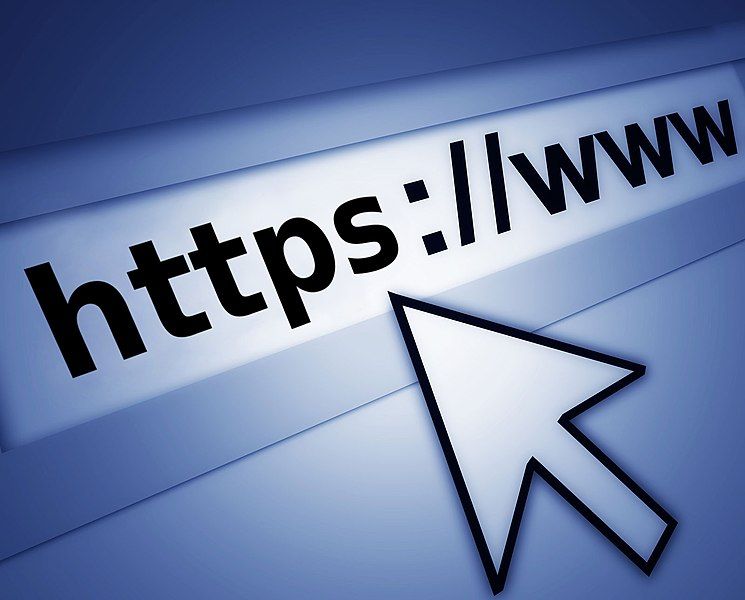
This website is now running on HTTPS!
Since this website is now using HTTPS, all communication with Wern Central is now encrypted. You can now browse this website safely. When a website is using HTTPS, it means that the connection between your device and that site is private and encrypted, therefore people around you (e.g., those on the same WiFi network, or if you are using an unprotected WiFi network) won’t be able to easily intercept and tamper with what you do on the site.
Hence, your email and user data, if submitted via comment sections on this site, cannot be intercepted by anybody. They might notice that you’re browsing “blog.wern.cc”, but other than that, they cannot read the traffic between your computer and this site, and thus they will not be able to seize your user data or determine which post are you reading here.
Furthermore, you won’t get that annoying “Not Secure” notification on the url/search bar any longer while visiting this website, which is displayed on most major browsers when going to an http-only site.
Note that if you are on a compromised WiFi network, security benefits of HTTPS may not help.
As quoted from Wikipedia:
HTTP Secure (HTTPS) is an adaptation of the Hypertext Transfer Protocol (HTTP) for secure communication over a computer network, and is widely used on the Internet. InHTTPS, the communication protocol is encrypted by Transport Layer Security (TLS), or formerly, its predecessor, Secure Sockets Layer (SSL). The protocol is therefore also often referred to as HTTP over TLS, or HTTP over SSL.
The principal motivation for HTTPS is authentication of the accessed website and protection of the privacy and integrity of the exchanged data. It protects against man-in-the-middle attacks. The bidirectional encryption of communications between a client and server protects against eavesdropping and tampering of the communication. In practice, this provides a reasonable assurance that one is communicating without interference by attackers with the website that one intended to communicate with, as opposed to an impostor.
When you browse the web, remember to look out for HTTPS or the lock symbol in your browser to make sure you’re safe! :)